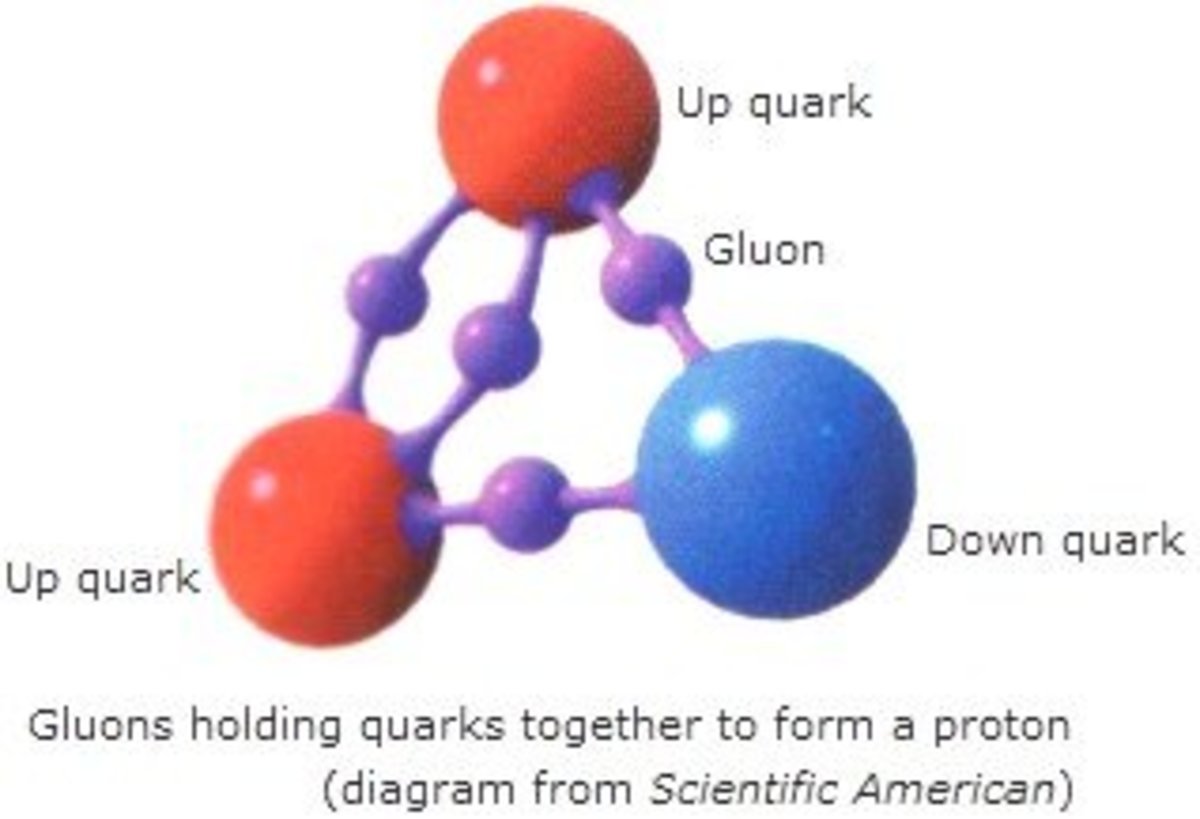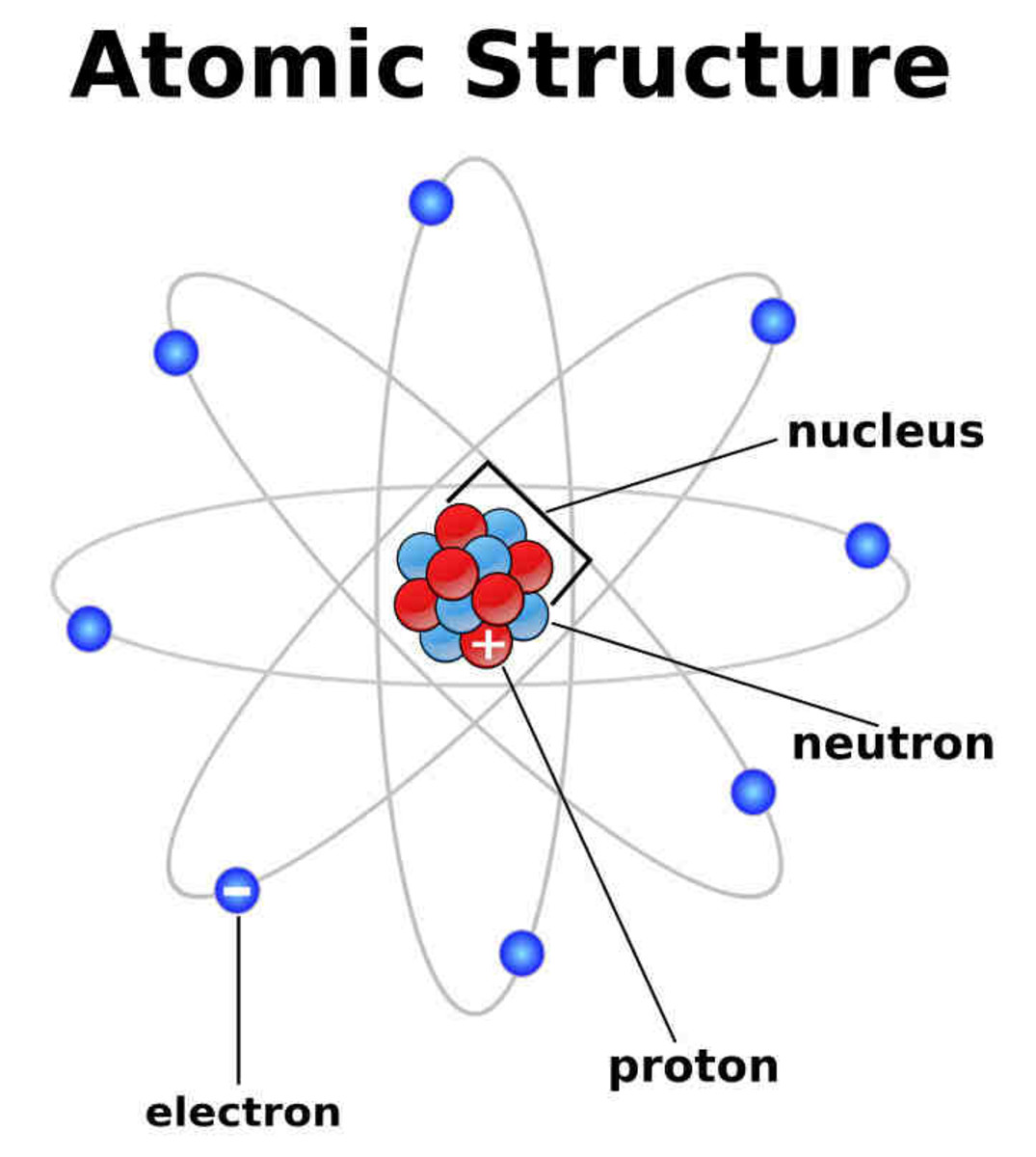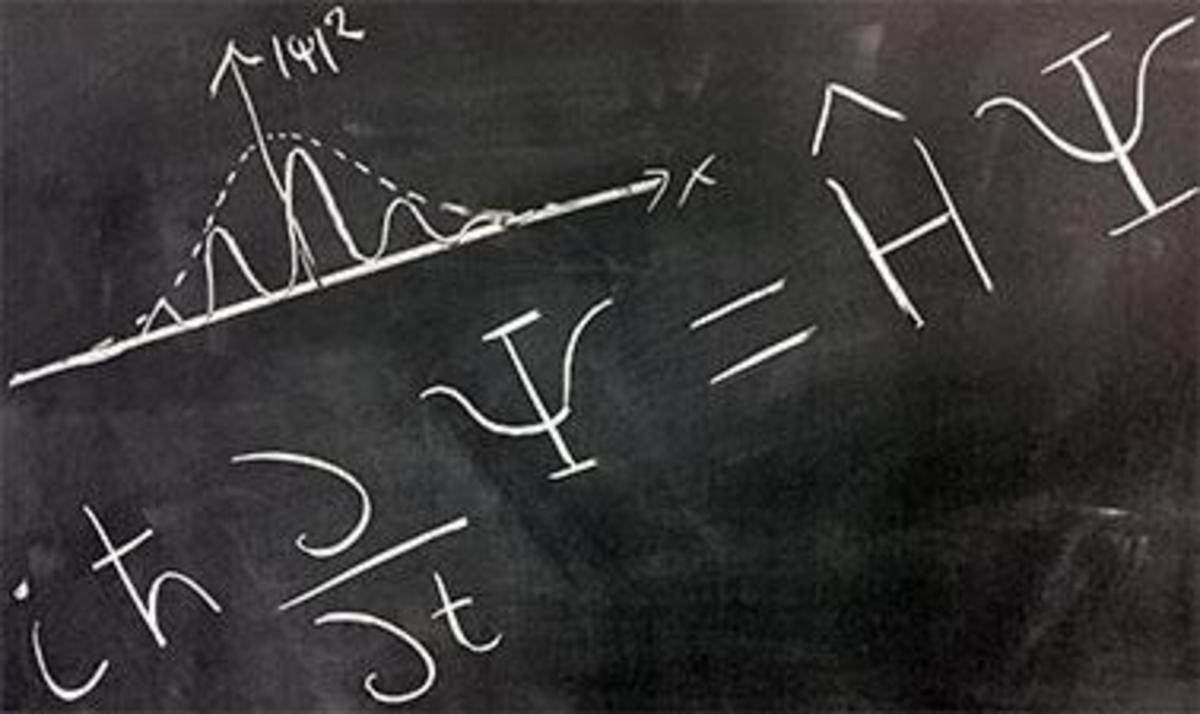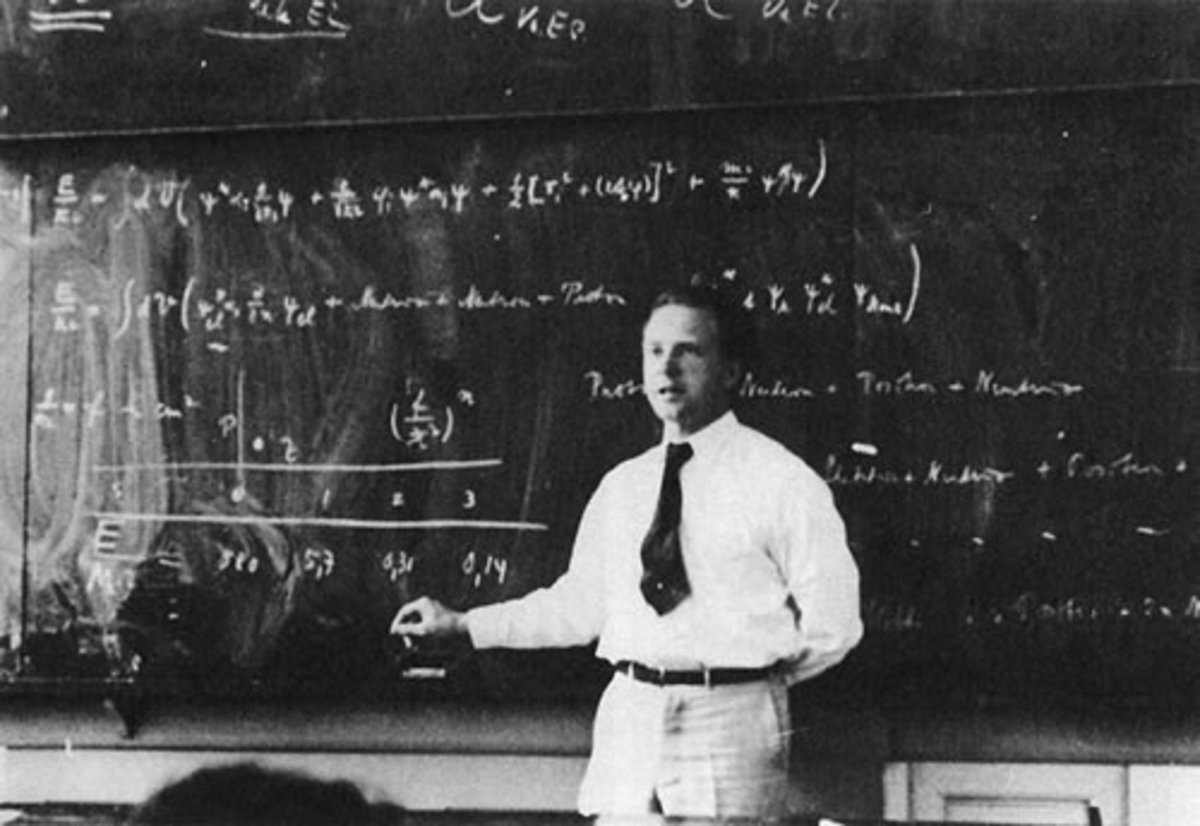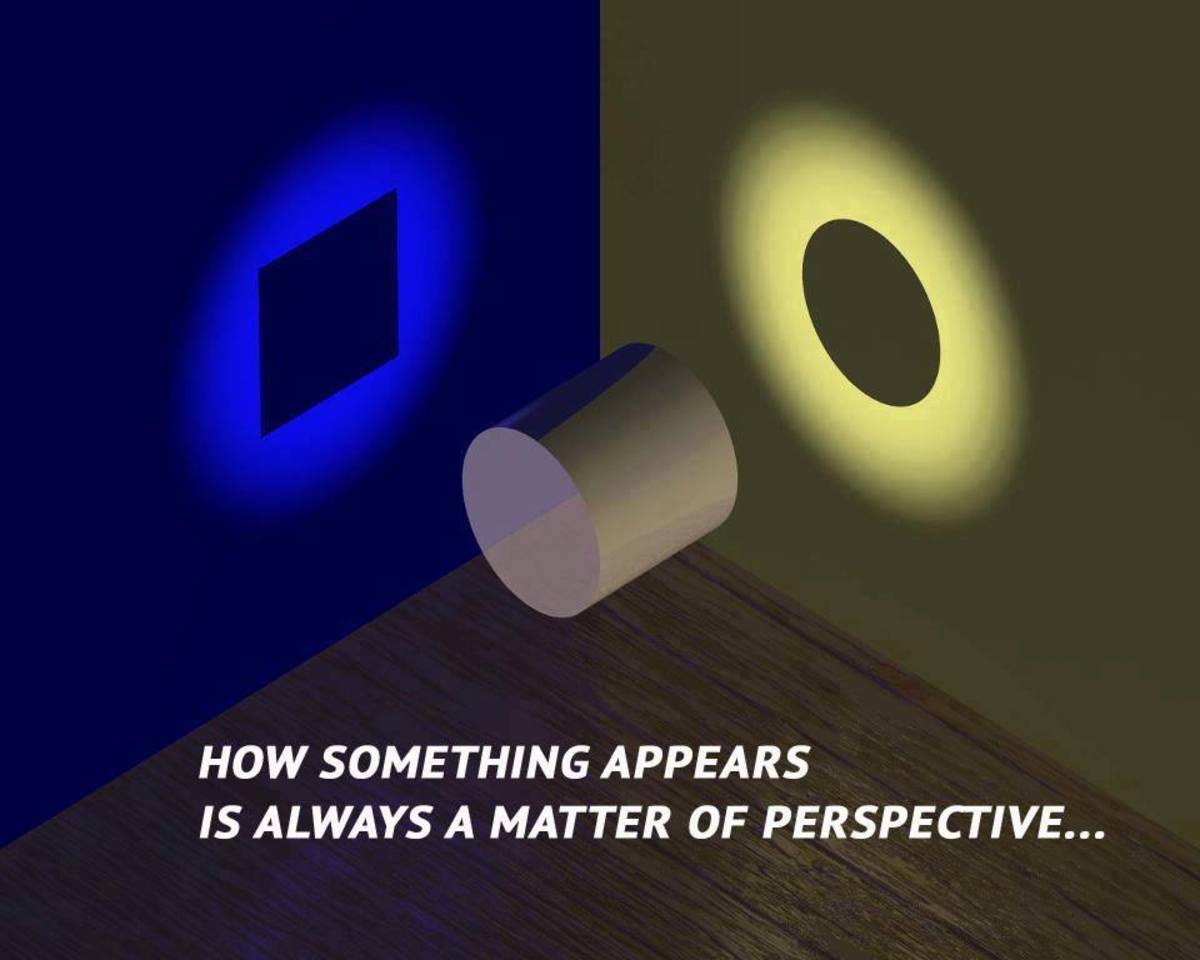Quantum Quandary
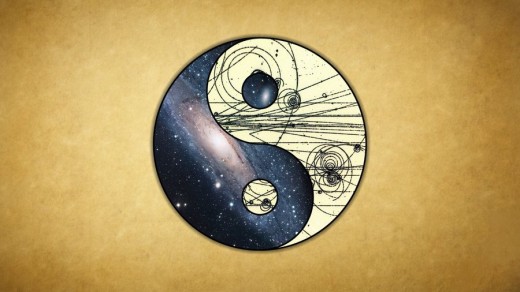
The single slit and marbles
When a screen, with a single vertical slit wide enough to allow a marble through, is bombarded with a steady stream of marbles it is observed that the marbles that go through the slit leave a pattern on the wall behind the slit and this pattern is always a vertical band, as anyone would expect to happen.
The double slit and marbles
When a screen with two vertical slits wide enough to allow a marble through is bombarded with marbles it is observed that the marbles leave two vertical bands on the wall behind the slits. This too is a result that anyone would expect.
How waves behave
The single slit and waves
Waves striking a single vertical slit make a similar single vertical pattern as the marbles do.
The double slit and waves
When a second slit is added the waves striking the screen with the double slits produce an interference pattern on the wall behind the screen and this result was used to distinguish between particles and waves.
The quantum dilemma
On the quantum level things don't go according to plan. When a beam of tiny particles (electrons) are fired through a single slit the pattern is the same as for the marbles. We get a single vertical pattern on the wall behind the slit. However when a second slit is added rather than observing two vertical band patterns on the wall behind the slits we get an interference pattern. So although we know we fired matter at the screen the interference pattern suggests that the electrons behaved as waves.
Scientists tried to explain this by suggesting that the tiny particles must be hitting off each other as they go through the slits to account for the interference pattern they observed. To investigate this they set up the gun firing the electrons to only fire one electron at a time. This would rule out any interferences between the particles as they go through the slits. It made no difference because they still observed the same interference pattern on the wall behind the screen.
Scientists then decided to observe what was happening by placing a measuring device near one of the slits. This time when the slits were bombarded with electrons the pattern observed was the same as the pattern for the marbles – two vertical bands.
By deliberately observing the electrons, the electrons had gone back to behaving like particles. This really puzzled the scientists. They could not understand how electrons would behave as waves when not being watched and as particles when they were being watched. It looked as if the electrons had minds of their own.
Seeing is believing
The following video describes very simply and clearly the phenomenon described in this hub by means of an animation.
I highly recommend you watching this 5 minute video before proceeding.
The Double Slit Experiment
Heisenberg's Uncertainty Principle
People are still distracted by the physical aspect of our existence and as long as Man places store in the physical appearance of things He is missing the point.
As a result of all this experimentation scientists are no nearer to an explanation of this phenomenon as they were when they first discovered it.
A great scientist called Werner Heisenberg concluded that the act of observation interferes with the object being observed and as such the observer sabotages his results.
It is like saying that a blind man can detect a dog in the room by touching him with his stick but by touching the dog he can no longer say with certainty that the dog is still there. If the dog gets a fright and runs off then he is going to be somewhere else and so the blind man would have to keep hitting the dog to find him and in the process keep moving him.
This became known as Heisenberg's Uncertainty Principle and when applied to the double slit experiments it means that the act of observing the electrons interfered with the process and subsequently the result is altered.
Every day parallels
In our every day lives we experience parallels to this quantum phenomenon every time we choose to observe an experience from a different perspective. When we deliberately change how we perceive something we change our belief about it and in so doing we change our experience of it.
As a Hypno-Psychotherapist in private practice I get to see many examples of this. An example would be a client coming to me to address a weight problem. The client describes herself as overweight and physically unattractive. She then explains how she is unable to control her eating and she has begun to feel depressed.
After some questioning it transpires that the client is in a loveless marriage. Her husband had an affair five years ago and though she says she forgave him when they decided to try again she now cannot bear her husband to touch her and there is little intimacy between them.
When I ask the client how her being overweight might be serving her she eventually realises that it is easier for her to become physically repulsive than to express how she really feels. The weight keeps her husband away but there is a price she pays for repressing her true feelings. Once the client sees the physical symptom from this new perspective everything changes. The act of observing has changed everything.

World of illusion
Science seeks to view the world from the same perspective over and over and though scientists continue to refine their explanations they always fall short. The reason for this is that they are focussed on the effect rather than the cause. The answers they seek do not lie in the physical but in the realm of mind they refuse to admit even exists.
Science is fun and is a wonderful way for Man to play with ideas and opinions but that is all they ever will be in this world of illusion.
Wake up call
The following video is Part 1 of a series designed to make you think about the things you take for granted and question what you imagine reality to be.
© 2011 Xavier Nathan


